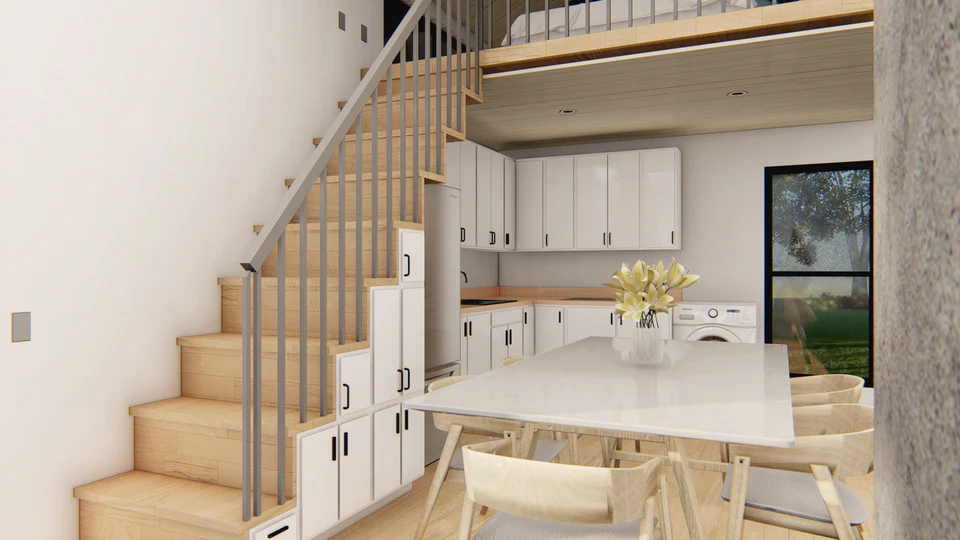How to Properly Drain a Pool

To properly drain your pool, first, identify its material—fiberglass, vinyl, or concrete. Gather a submersible pump, garden hose, and safety gear. Clear the area of debris and guarantee it's well-lit. Check local regulations to know how and where you can drain the water. Position the pump in the deepest section of the pool, connect the hose to direct water away safely, and turn on the pump. Monitor the process closely to prevent damage. For any leftover water, use a wet/dry vacuum. Want to guarantee the rest of your pool maintenance is on point? There's more to explore!
- Identify your pool type (fiberglass, vinyl, or concrete) to apply appropriate draining methods and avoid damage.
- Gather necessary equipment, including a submersible pump, garden hose, extension cord, buckets, and gloves for safe and efficient draining.
- Prepare the surrounding area by clearing debris, ensuring good lighting, and keeping children and pets away for safety.
- Research local regulations on pool water disposal to avoid fines and ensure environmental compliance during the draining process.
- Position the pump in the deepest part of the pool, connect the hose for drainage, and monitor the process closely to prevent damage.
Assessing Your Pool Type
Before you start draining your pool, it's vital to assess your pool type. Different materials, like fiberglass, vinyl, or concrete, impact how you should drain and maintain your pool. If you have a vinyl pool, be cautious; draining it too quickly can cause the liner to shift or wrinkle. For concrete pools, you'll want to guarantee proper drainage methods to avoid damage or cracking.
Fiberglass pools are generally more forgiving but still require attention to water levels. Knowing your pool type helps you avoid costly mistakes and guarantees the process goes smoothly. Take the time to identify your pool's material, as it's important for a safe and effective draining experience. Your pool will thank you for it!
Gathering Necessary Equipment
Gathering the right equipment is essential for a smooth pool draining process. Start by getting a submersible pump, which will efficiently remove water from your pool. Make sure it's powerful enough to handle the volume you're dealing with. You'll also need a garden hose to direct the water to a safe drainage area, away from your property. Don't forget a long extension cord for the pump, if necessary.
Additionally, have a couple of buckets on hand to manage any residual water. Consider gloves, as they'll protect your hands while you handle equipment. Finally, gather a tarp or large container to collect debris that might come loose during draining. With this equipment ready, you're set to proceed confidently.
Preparing the Surrounding Area
As you prepare to drain your pool, it's crucial to guarantee the surrounding area is safe and accessible. Start by clearing any debris, such as leaves or toys, that could obstruct your work. Make sure the area is well-lit, especially if you're working in the evening. If you have kids or pets, keep them away from the vicinity to prevent accidents.

Check for any loose cords or hoses that might pose tripping hazards. It's also a good idea to lay down tarps or mats to protect your yard from water runoff. Finally, confirm that any nearby electrical equipment is secured and out of harm's way. A little preparation now can save you from headaches later!
Checking Local Regulations
While you might be keen to drain your pool, checking local regulations is essential to guarantee you comply with any laws or guidelines in your area. Different municipalities have specific rules regarding pool water disposal, which can affect where and how you can drain your pool. Some places might prohibit draining directly into storm drains to prevent contamination, while others may require you to notify local authorities beforehand.
Start by contacting your local health department or municipal office to gather information. You may also want to check online resources or community forums for insights. By understanding the regulations, you'll avoid potential fines and maintain the safety of your environment as you proceed with draining your pool.
Draining the Pool Water
Once you've confirmed the local regulations regarding pool drainage, it's time to begin the process of draining the pool water. Start by gathering your equipment, which typically includes a submersible pump, a garden hose, and a filtration system. Position the pump in the deepest part of the pool and connect the hose to direct the water away from your property, ensuring it complies with local guidelines.
Turn on the pump and monitor the draining process. Keep an eye on the water level to prevent air exposure to the pool's surface, which can cause damage. Once the water's drained, allow the remaining water to evaporate or use a wet/dry vacuum for any leftovers. You're now ready to move on to the next steps!
.jpeg)
Cleaning and Maintenance Tips
To keep your pool in top shape after draining, regular cleaning and maintenance are essential. Start by removing any debris, such as leaves and dirt, from the pool's surface and walls. Use a pool brush to scrub away algae or stains, focusing on corners and steps where buildup occurs. Don't forget to clean your pool filter and skimmer basket; a clean filter helps maintain water quality when you refill.
Check for any cracks or damage in the pool structure, and address these issues promptly to prevent further deterioration. Finally, keep an eye on the surrounding area, ensuring that plants or trees don't drop debris into your pool. Staying proactive with these tasks will enhance your pool's longevity and performance.
Refilling the Pool Correctly
Before you start refilling your pool, it's important to guarantee that the water is added correctly to avoid any damage. Begin by checking the water level of your pool's skimmer. You want to fill the pool to the appropriate level, which is usually halfway up the skimmer opening. When you start filling, use a hose with a filter attachment to minimize debris and contaminants.

Monitor the refill process closely to ascertain you don't overfill. As the water rises, check for any leaks or cracks in the structure. Once you reach the desired level, turn off the water and let it settle for a bit before testing the water chemistry. This guarantees that your pool is ready for safe enjoyment.
Post-Drainage Care and Inspection
After refilling your pool, it's important to inspect the area and take proper care of your pool's structure. Begin by checking for any cracks or signs of wear in the pool walls and floor. Look for loose tiles or damaged coping that might need repair. Next, verify your pool's filtration and circulation systems are functioning properly; clear any debris from the skimmer and pump baskets.
Don't forget to test the water chemistry, balancing pH, alkalinity, and chlorine levels to guarantee a safe swimming environment. Finally, clean the surrounding area, removing any debris or leaves that could contaminate the water. Taking these steps will help maintain your pool's integrity and keep it ready for enjoyable swims all season long.
Conclusion
Draining your pool doesn't have to be an intimidating task. By evaluating your pool type, gathering the right equipment, and following local regulations, you can do it safely and efficiently. Remember to clean the pool thoroughly before refilling it to maintain water quality. With a little care and attention during the process, you'll guarantee your pool is ready for use again in no time. Happy swimming!








.jpg)
